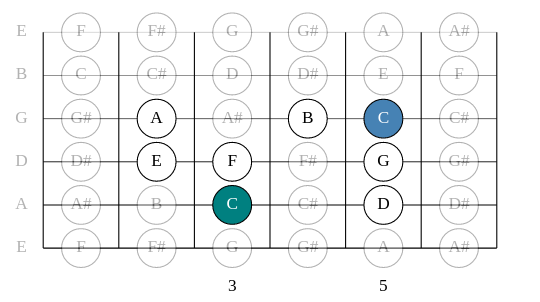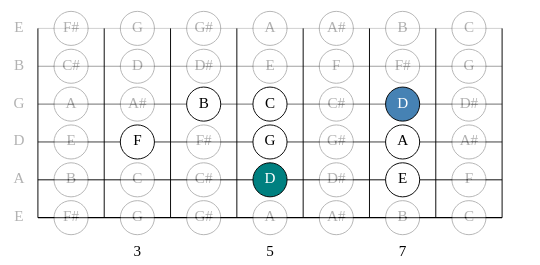Besides playing through all modes in a key, my teacher has been getting me to think about the modes as a simple "offset" from a base template using intervals - i.e. the Ionian mode.
For example, in the key of C, we can play the major (Ionian) scale,

We can number the intervals (relative to the tonic) R-2-3-4-5-6-7-O (R: root, O: octave).
Moving to the 2nd, D, we have the Dorian scale as follows:

If we check the intervals, we have: R-2-b3-4-5-6-b7-O
Moving to the 3rd, E, we have the Phrygian scale as follows:

If we check the intervals, we have: R-b2-b3-4-5-b6-b7-O
Moving to the 4th, F, we have the Lydian scale as follows:

If we check the intervals, we have: R-2-3-#4-5-6-7-O
Moving to the 5th, G, we have the Mixolydian scale as follows:

If we check the intervals, we have: R-2-3-4-5-6-b7-O
Moving to the 6th, A, we have the Aeolian scale as follows:

If we check the intervals, we have: R-2-b3-4-5-b6-b7-O
Moving to the 7th, B, we have, lastly, the Locrian scale as follows:

If we check the intervals, we have: R-b2-b3-4-b5-b6-b7-O
Now, we can simply take any of the templates and "overlay" it on any key of our choosing to get the mode.
For example, let's take the scale of Ab major. We have the scale Ab, Bb, C, Db, Eb, F, G, Ab. Now, if we wish to convert this to Locrian, we use the interval template above:
Ab - b(Bb) - b(C) - Db - b(Eb) - b(F) - b(G) - Ab
and we get
Ab, Bbb, Cb, Db, Ebb, Fb, Gb, Ab. Ain't that awesome?
Related: Looping with modes, Working out with scales